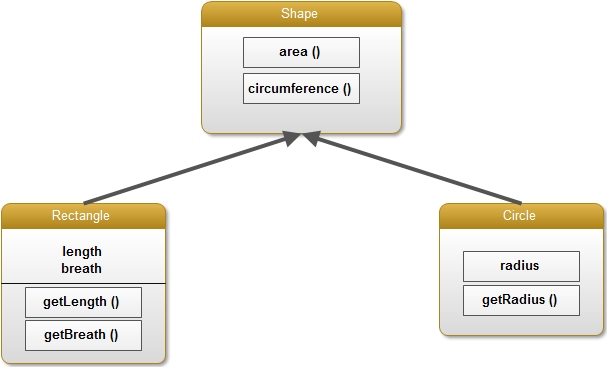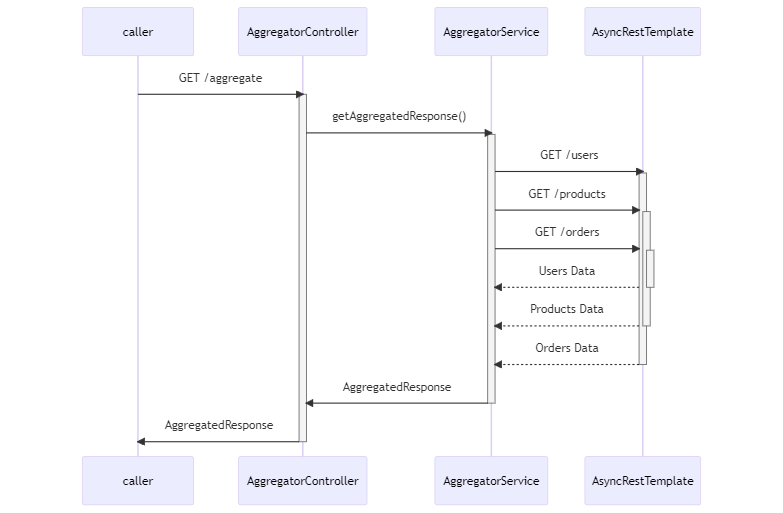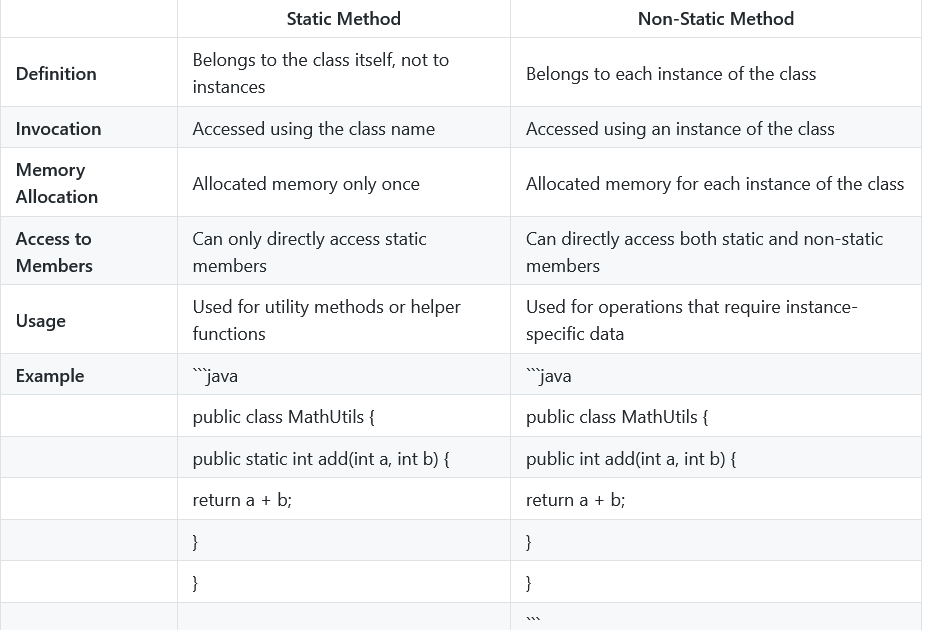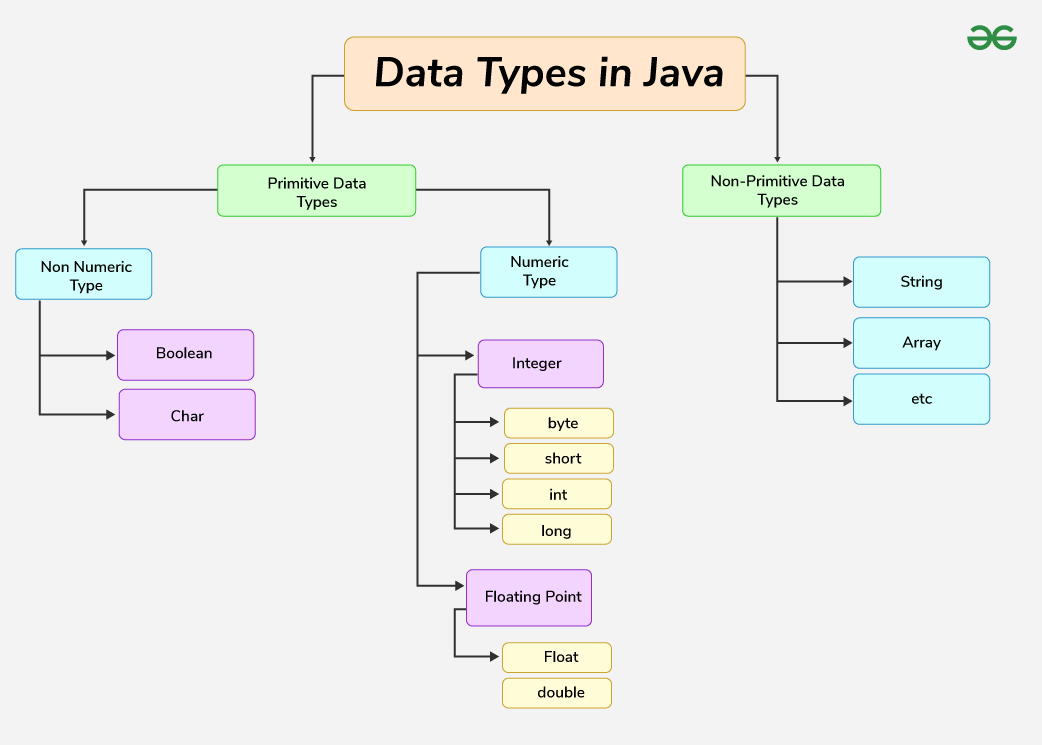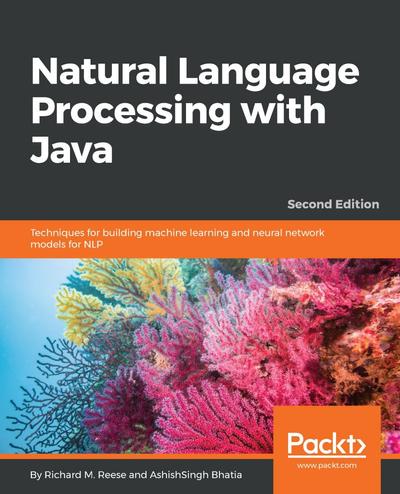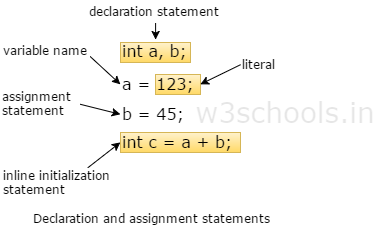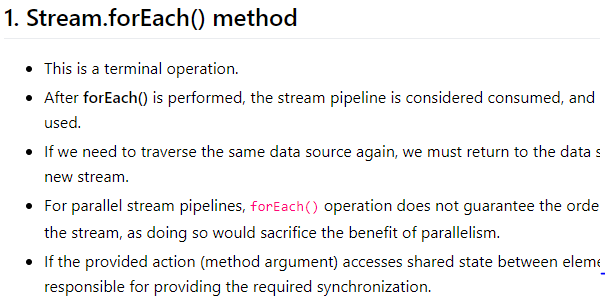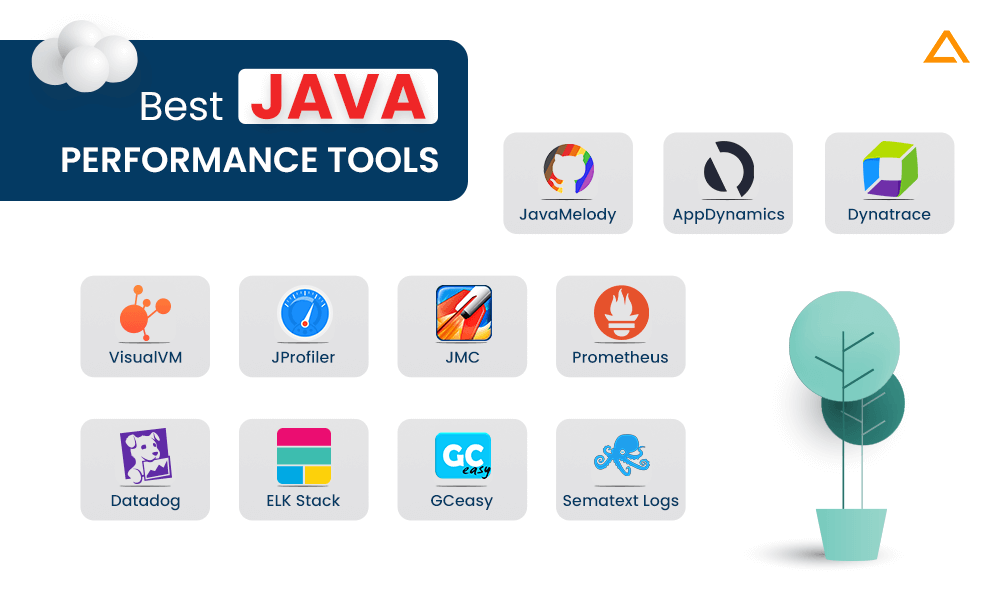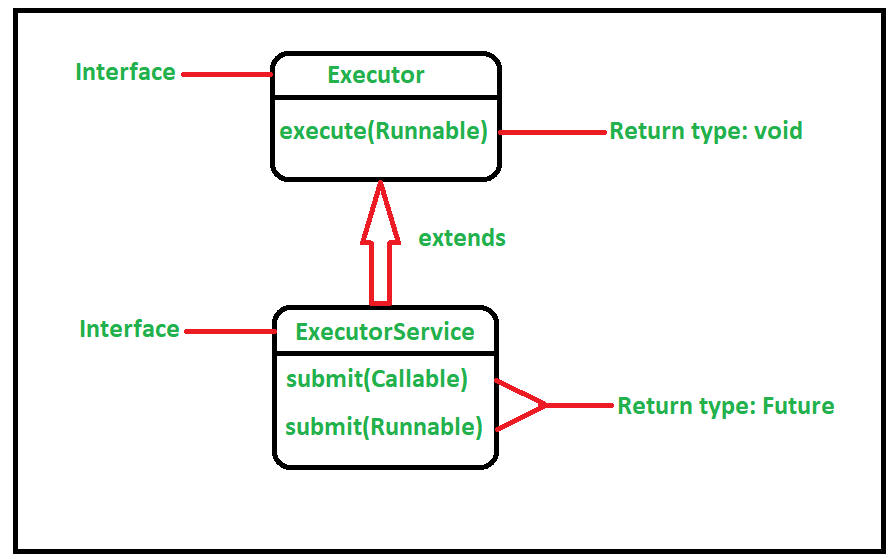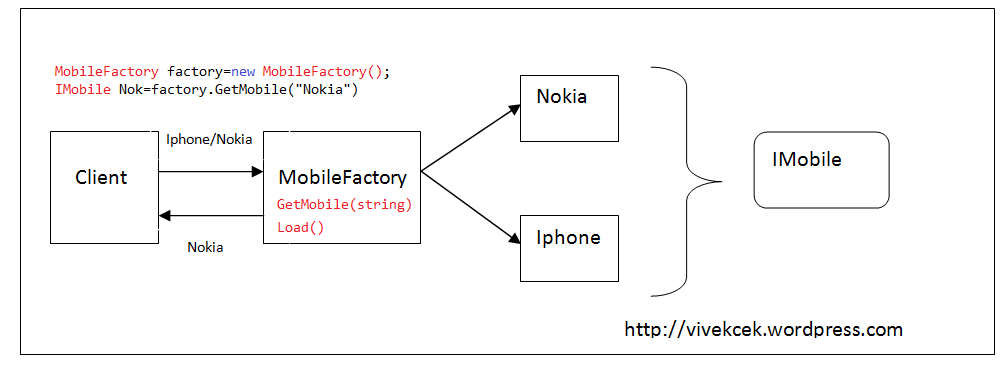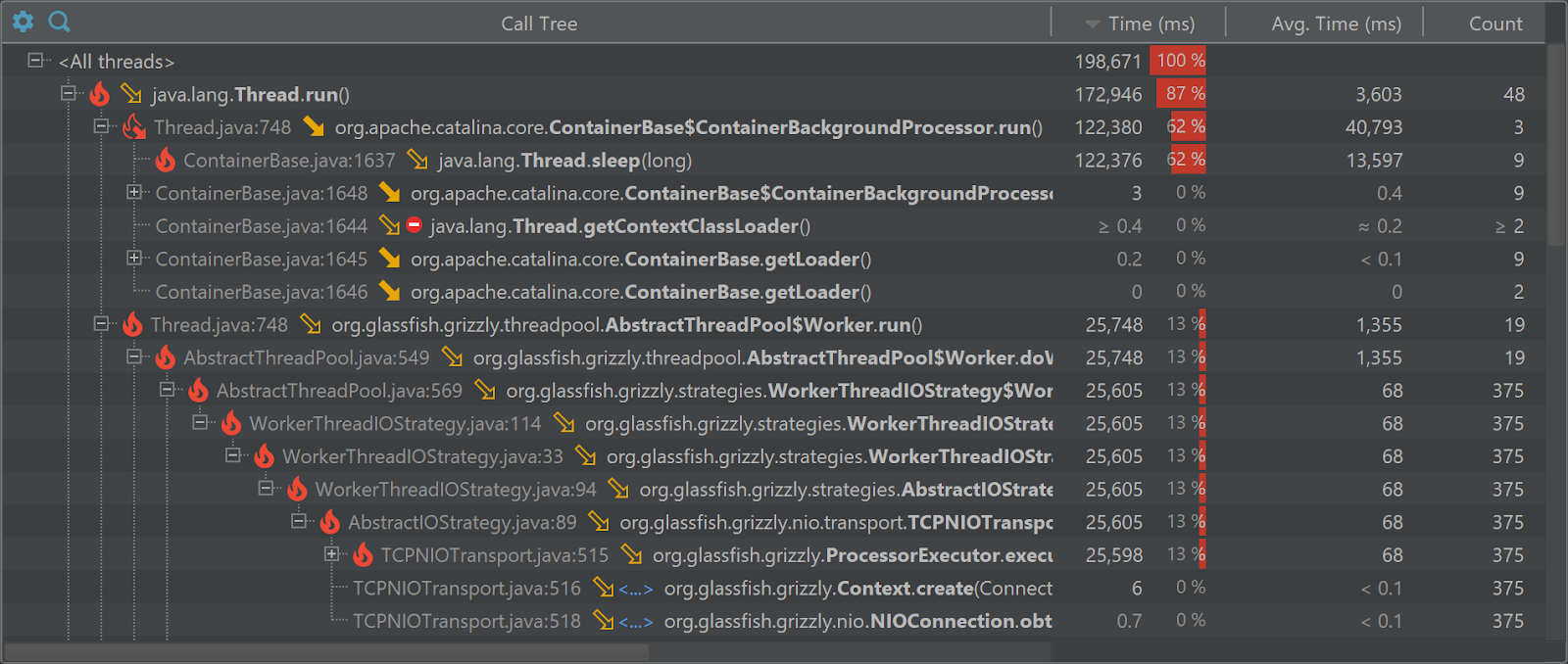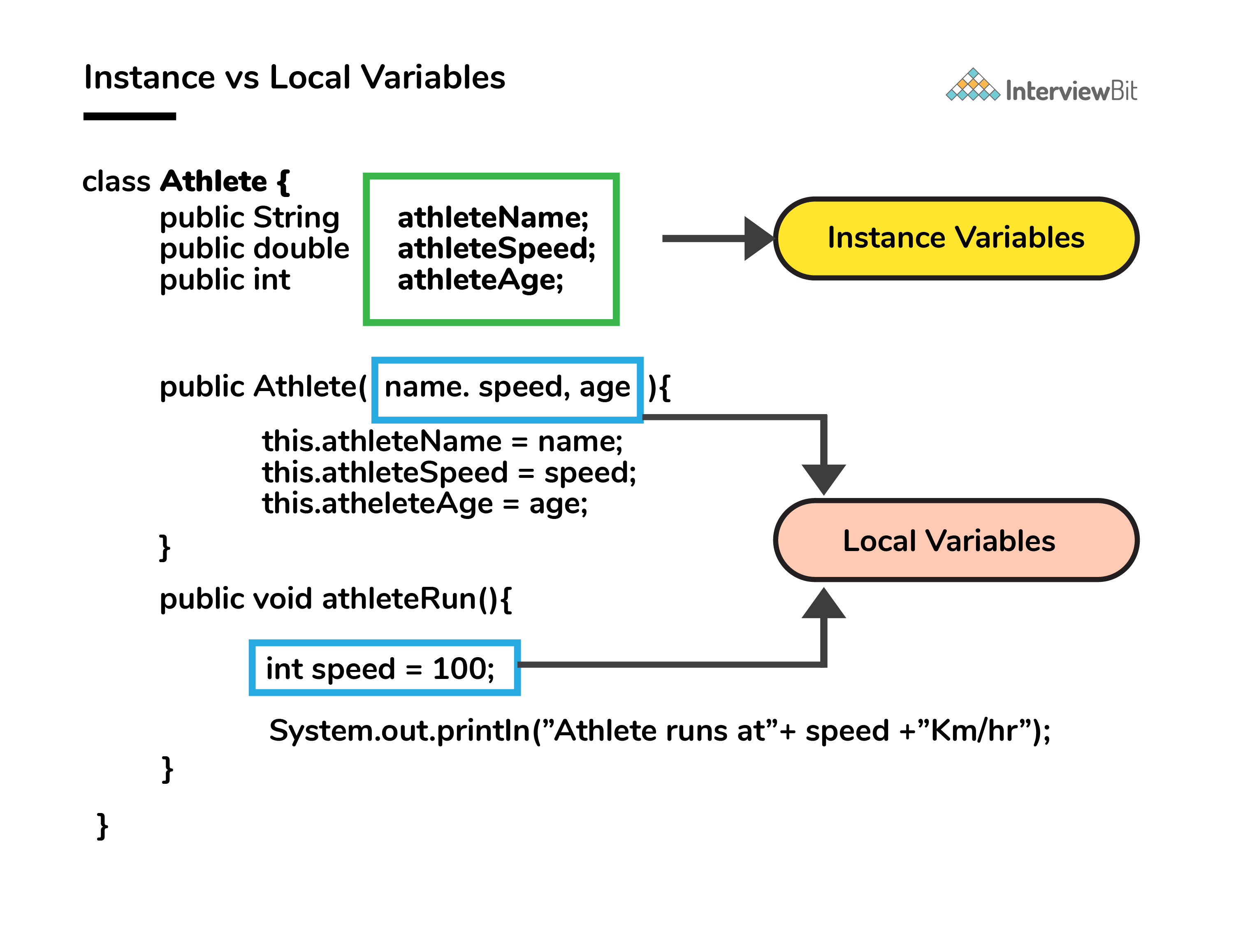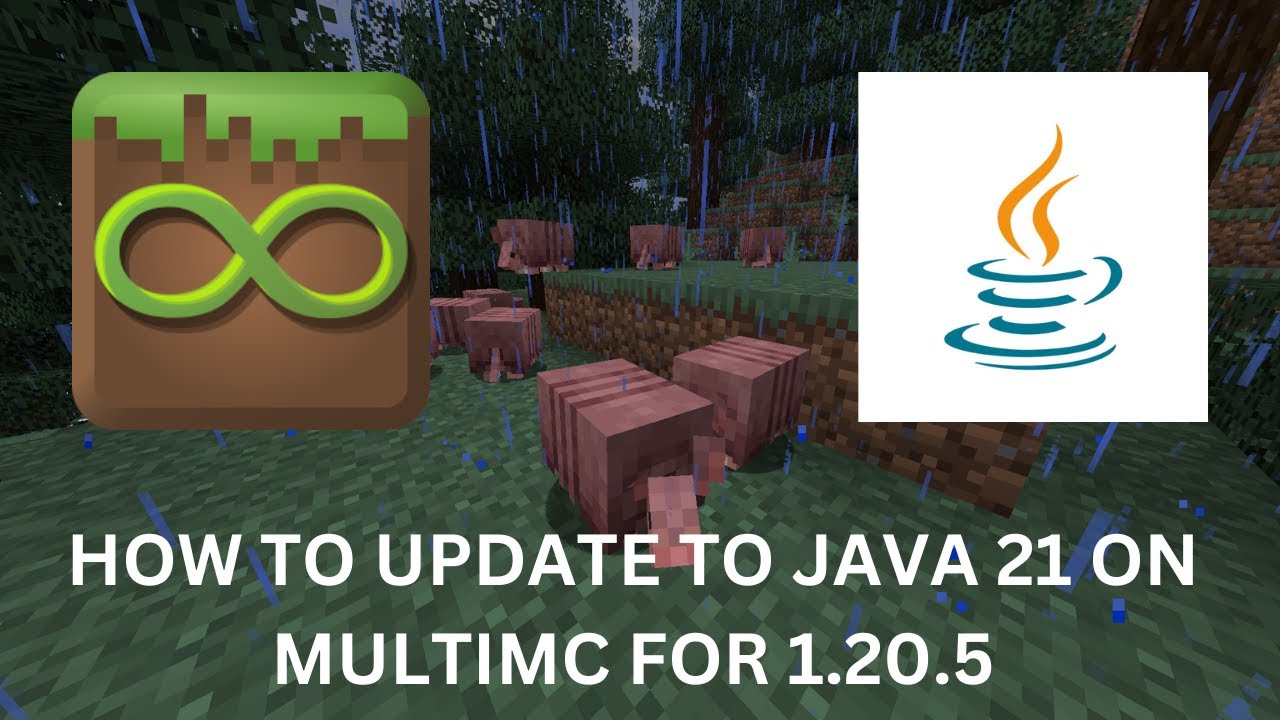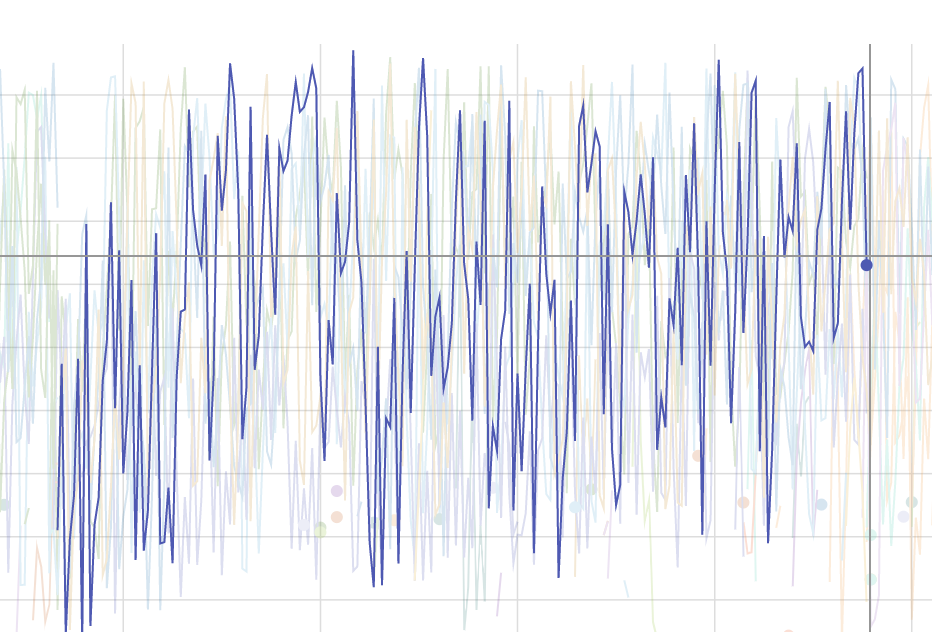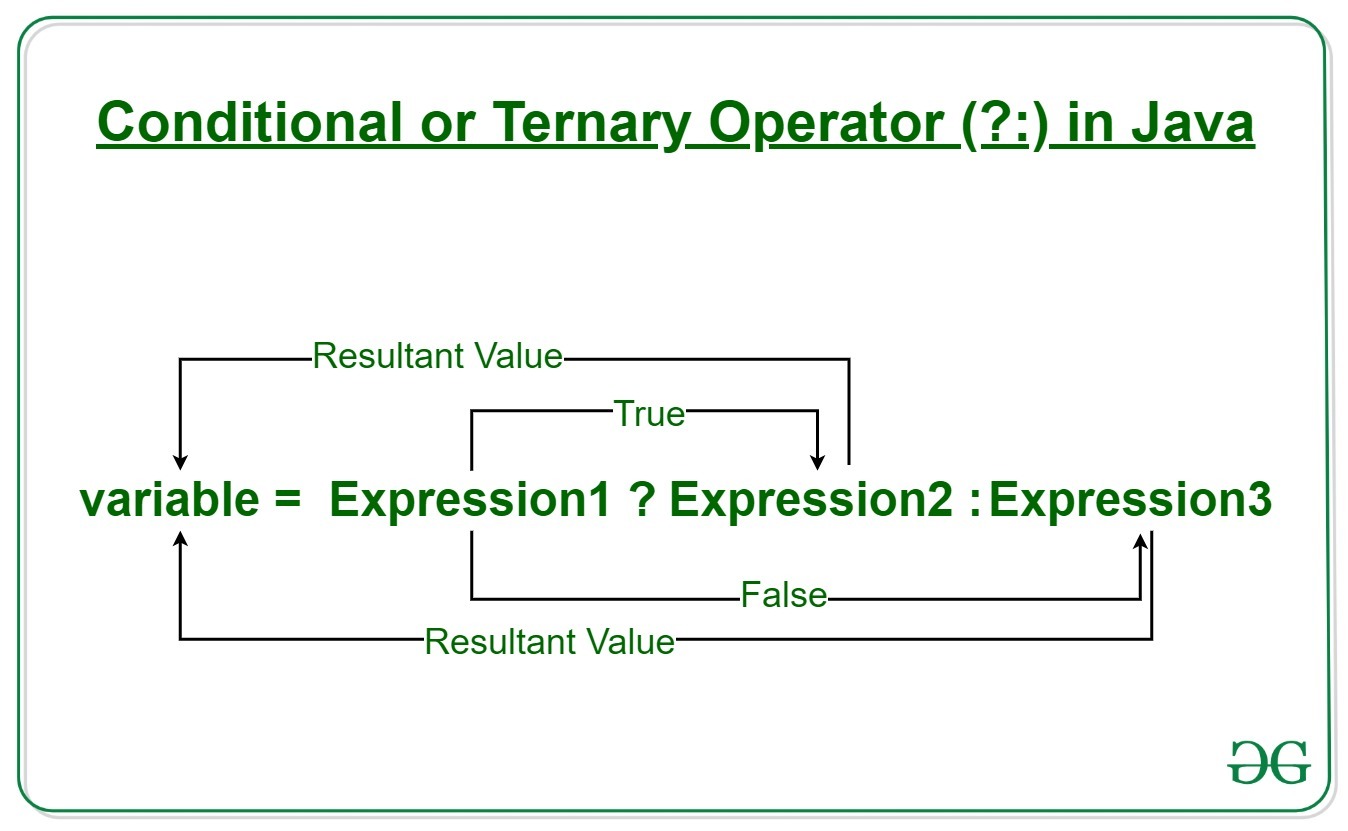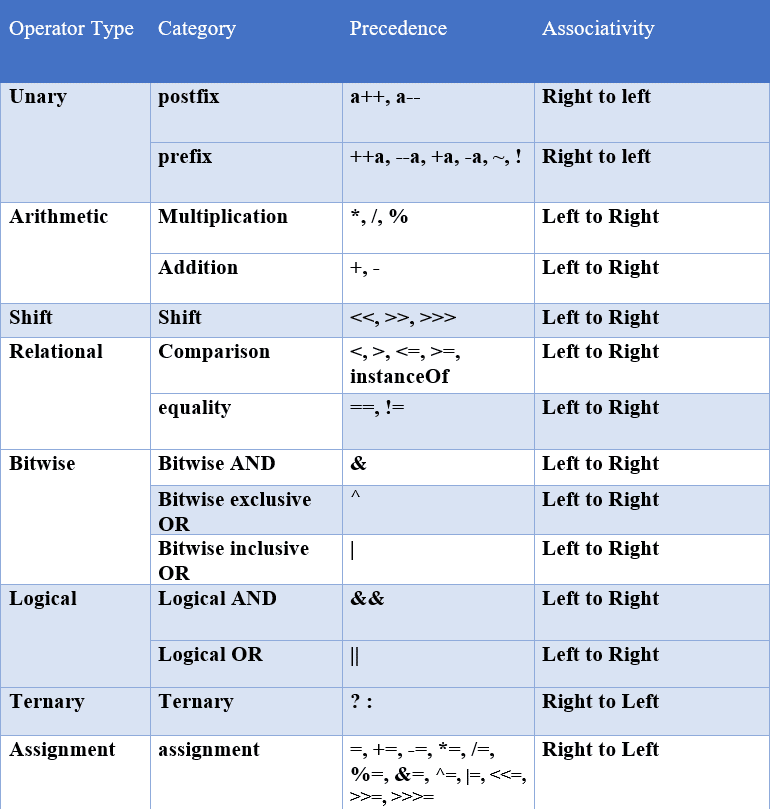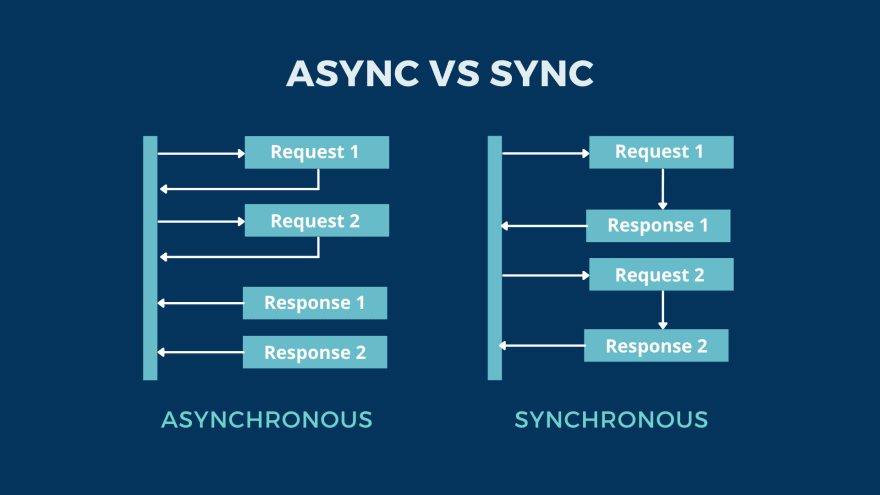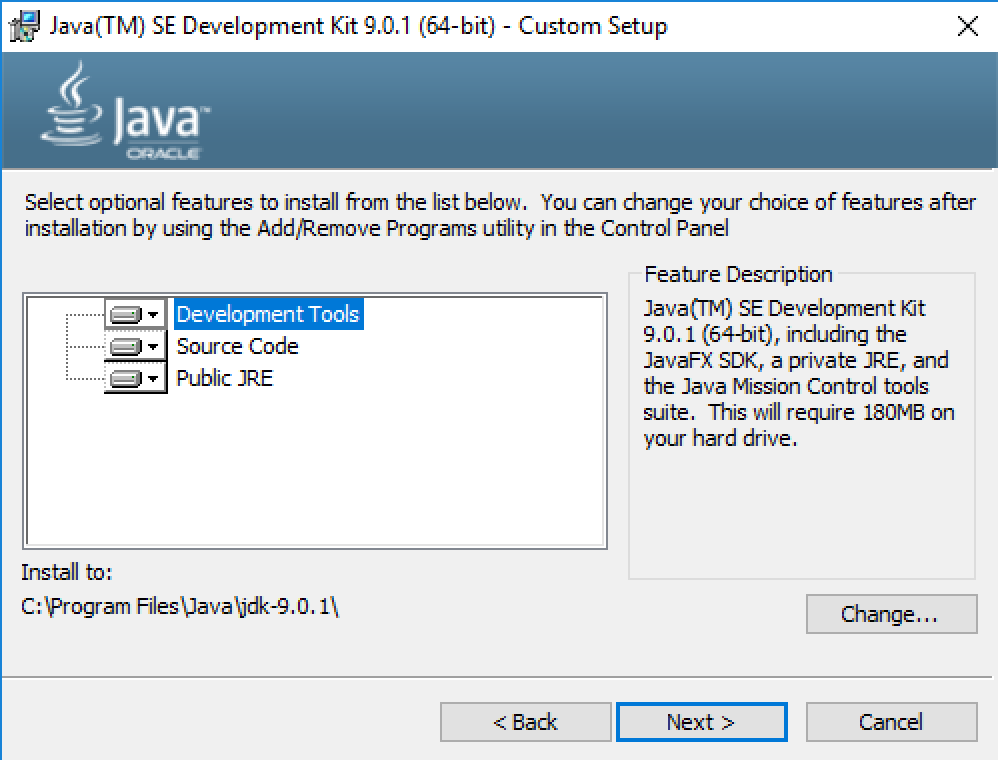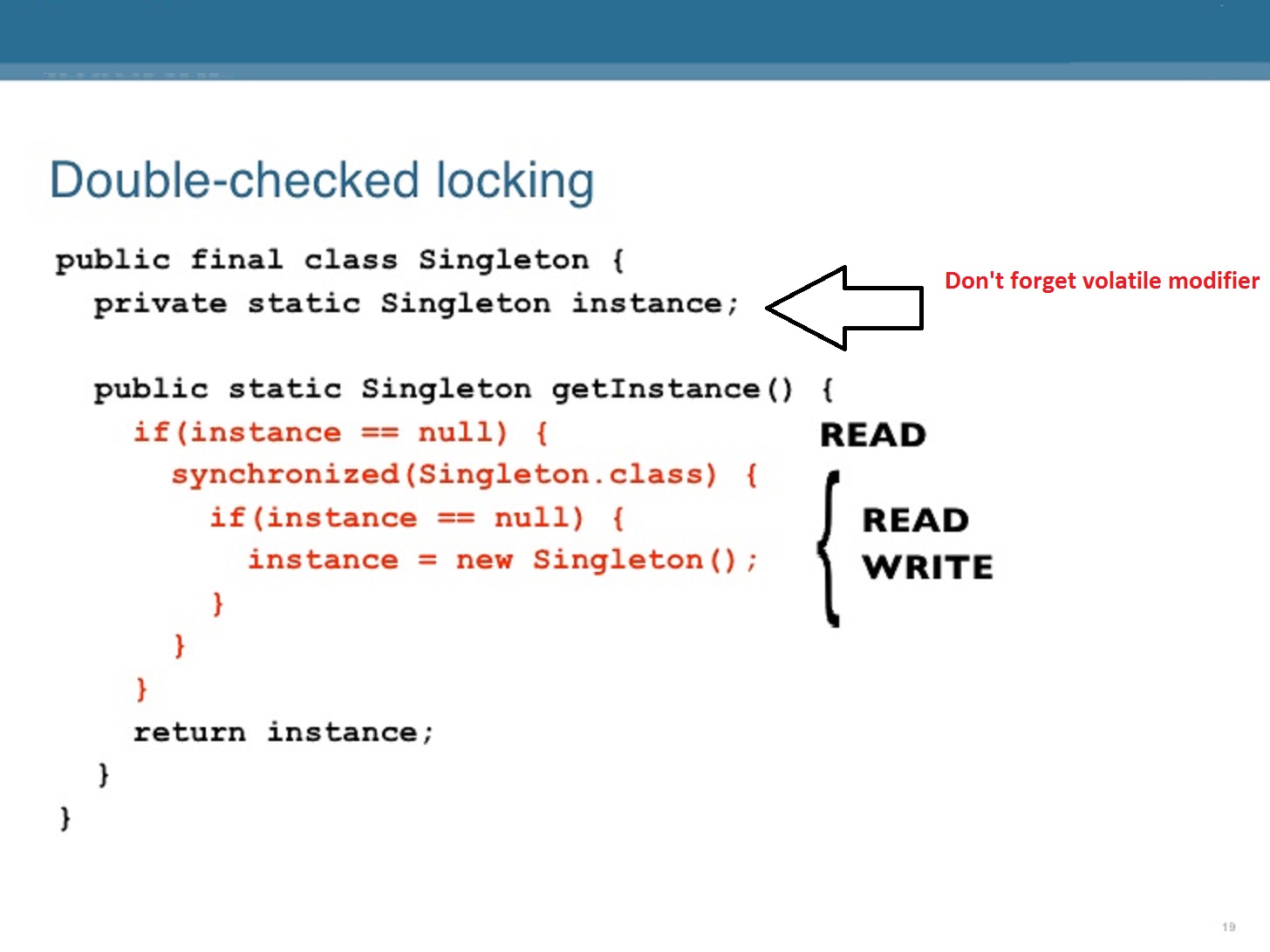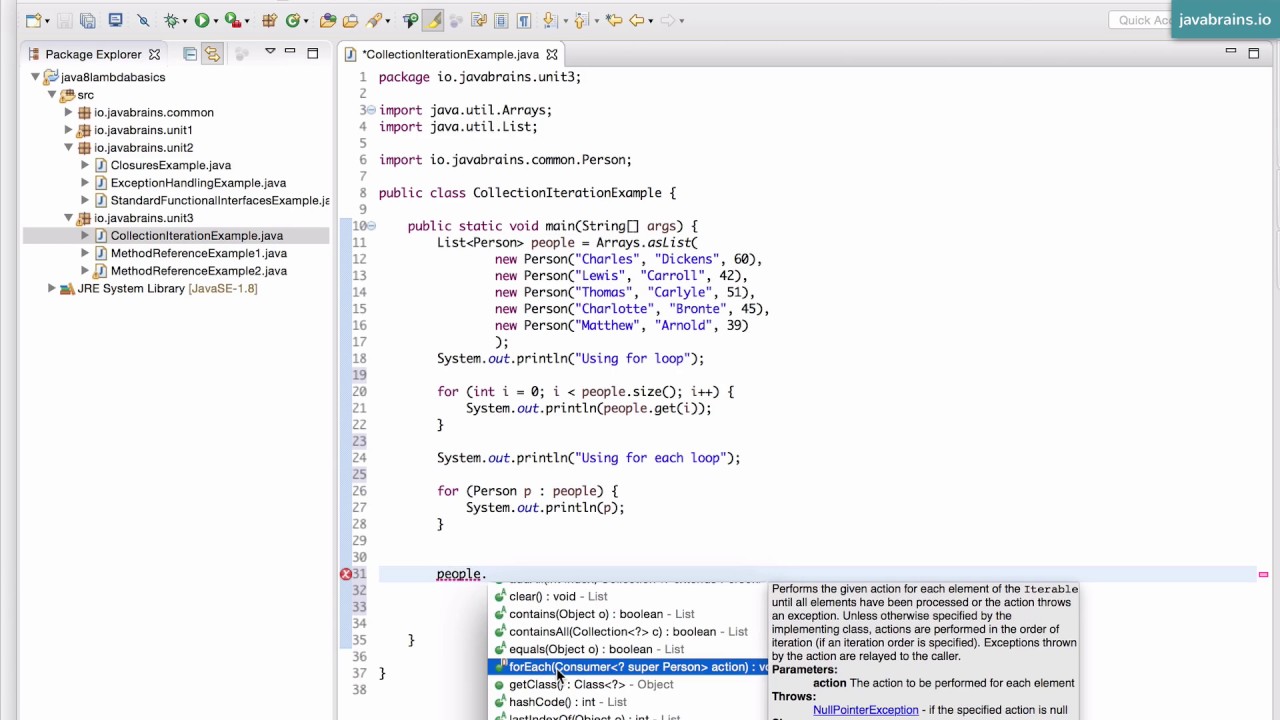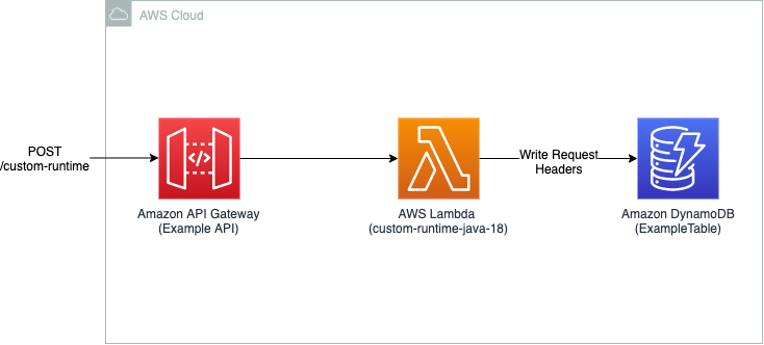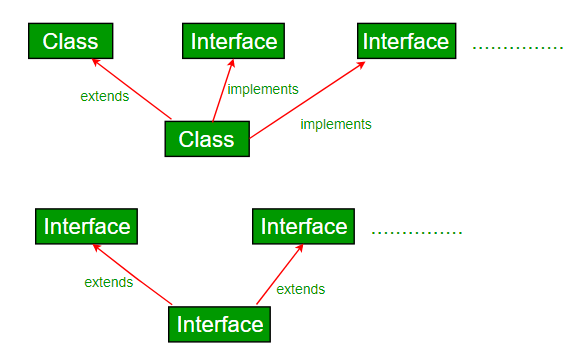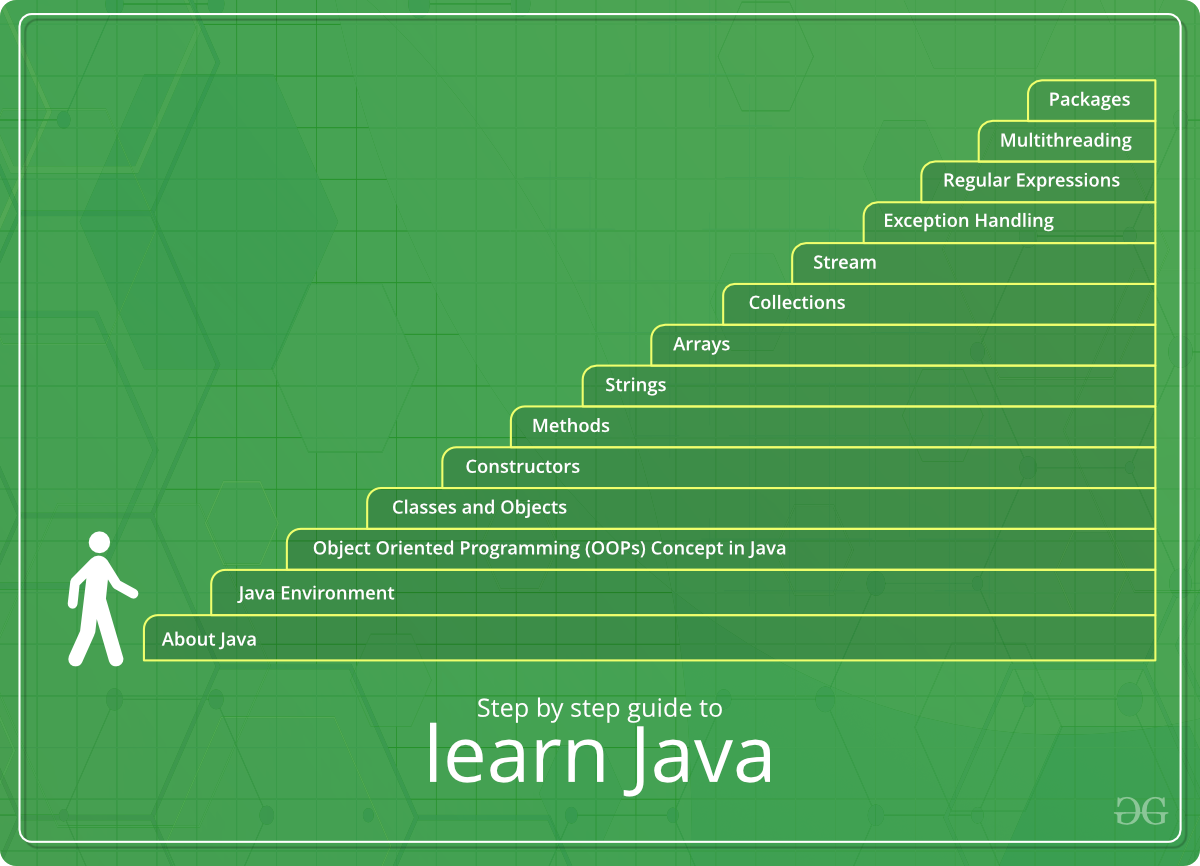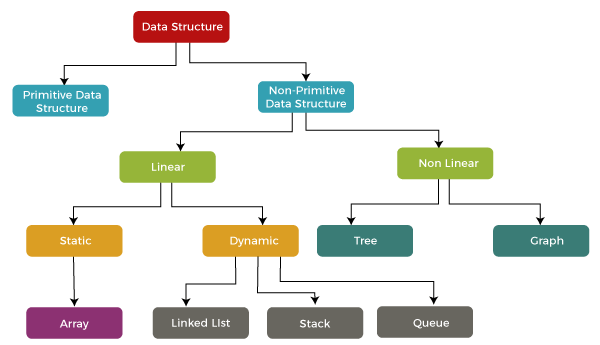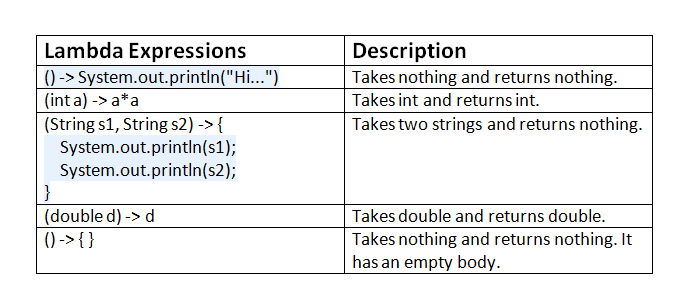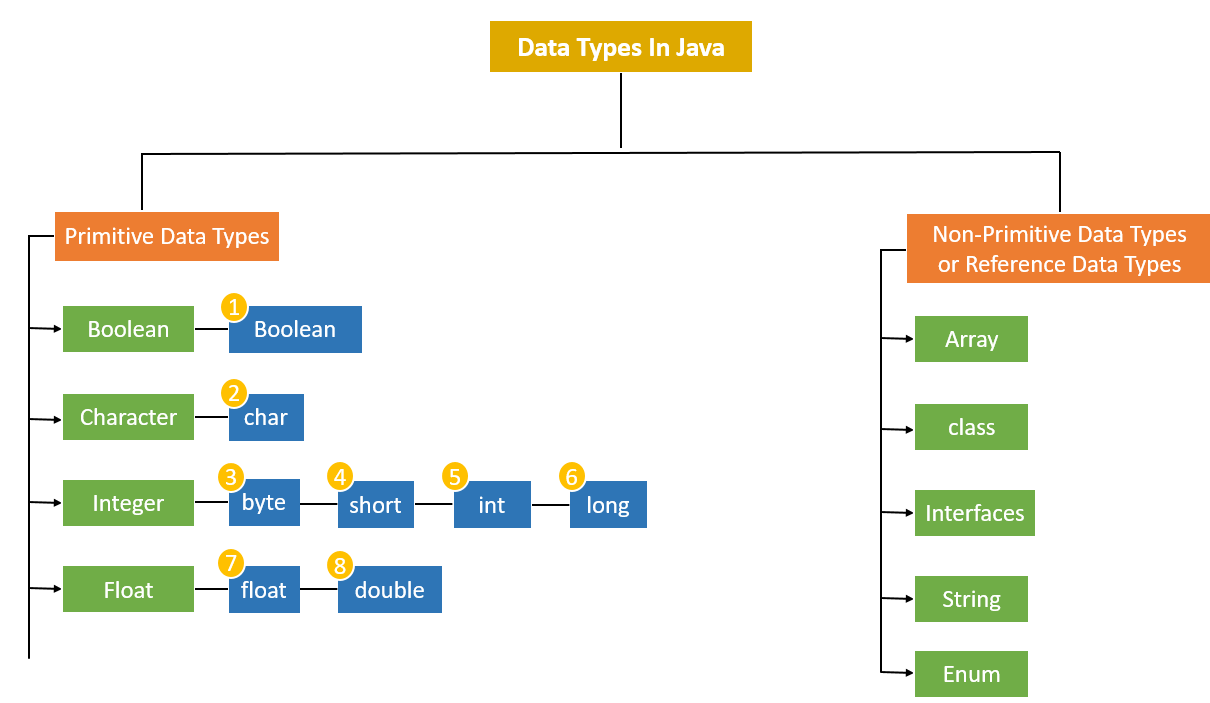java garbage collection algorithms
java garbage collection algorithms
Java Garbage Collection Algorithms:
Garbage collection is a crucial part of the Java runtime environment that manages memory allocation and deallocation for objects created by the developer. The goal is to ensure that memory is reused efficiently, avoiding memory leaks and reducing the likelihood of out-of-memory errors. Over time, various garbage collection algorithms have been developed to achieve this goal. Here are some of the most common ones:
Mark-and-Sweep Algorithm (1994):This is one of the oldest and simplest garbage collection algorithms. It works by first marking all reachable objects in memory using a depth-first search. Then, it identifies unmarked objects as garbage, which can be freed.
Generational Garbage Collection:This algorithm divides heap objects into generations based on their age:
Young generation (Eden space): Newly created objects Old generation: Surviving objects from previous collectionsThe young generation is collected more frequently than the old generation, as most garbage is short-lived. This approach reduces the amount of work required during each collection.
Concurrent Mark-and-Sweep Algorithm:This algorithm combines mark-and-sweep with concurrent marking, allowing the JVM to collect garbage concurrently with the application thread.
The JVM identifies live objects and marks them while the application continues executing Once marked, the object is treated as garbage Incremental Garbage Collection (2000):This algorithm breaks down garbage collection into smaller tasks, interleaved between application threads.
Each increment of collection is a small step that leaves some uncollected objects The JVM repeats this process until no more garbage remains Generational Concurrent Mark-and-Sweep Algorithm:Combining the concepts from Generational Garbage Collection and Concurrent Mark-and-Sweep, this algorithm optimizes memory reuse by collecting young generation concurrently with application threads.
Reduces pauses in older applications Parallel Garbage Collection (2004):This algorithm uses multiple CPU cores to speed up garbage collection.
Enables faster collection times for large heap sizes Increases parallelism, reducing pause times Low-Pause-Time Garbage Collector (G1) (2010):This algorithm is designed for low-pause-time GC and works with the generational concurrent mark-and-sweep approach.
It uses a separate, garbage-collected heap (the humongous) to store large objects Reduces pause times by reusing existing object data structures ZGC (2019):Zero-Garbage-Collected (ZGC) is an experimental low-pause-time garbage collector that does not rely on mark-and-sweep algorithms.
Uses a graph-based approach, identifying garbage objects more efficiently Provides lower pause times compared to G1Java's garbage collection mechanism has evolved over the years, incorporating new algorithms and optimizations. By understanding these different approaches, developers can better manage memory allocation and deallocation in their Java applications.
References:
"Memory Management" by Oracle Corporation (Java 8 Documentation) "Garbage Collection" by Sun Microsystems (Java 1.5 Documentation)**Please let me know if you need further clarification on this topic!
Java garbage collection example
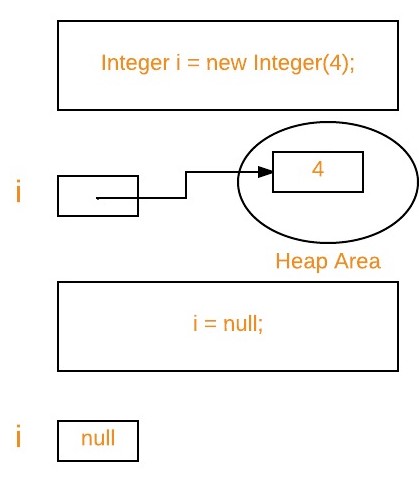
I'll provide an example of a Java program that demonstrates the concept of garbage collection.
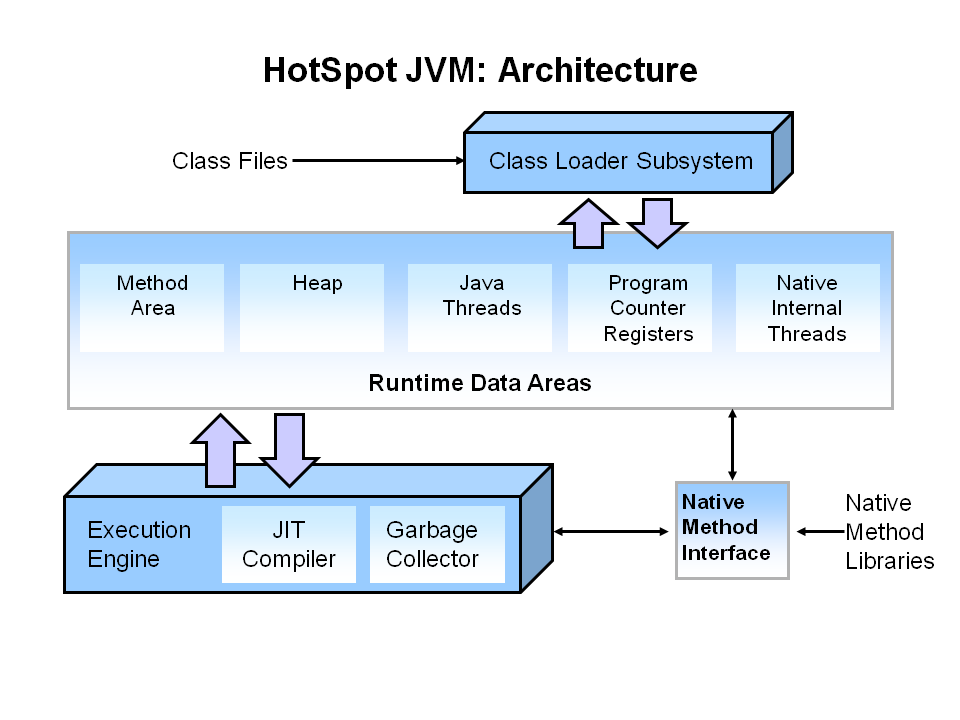
Example Program:
import java.lang.System;
import java.util.ArrayList;
import java.util.List;
public class GarbageCollectionExample {
public static void main(String[] args) {
List list = new ArrayList<>();
// Create a few objects and add them to the list
for (int i = 0; i < 10; i++) {
Object obj = new Object();
list.add(obj);
}
// Print the size of the heap before garbage collection
System.out.println("Initial Heap Size: " + Runtime.getRuntime().freeMemory());
// Simulate a large object being created and then discarded
Object bigObject = new BigObject();
bigObject = null;
// Print the size of the heap after garbage collection
System.out.println("Heap Size after Garbage Collection: " + Runtime.getRuntime().freeMemory());
}
}
class BigObject {
public static final int SIZE = 1024 * 1024; // 1MB
public BigObject() {
byte[] array = new byte[SIZE];
}
@Override
public String toString() {
return "Big Object";
}
}
Explanation:
In this example, we create a Java program that demonstrates the process of garbage collection. We start by creating a list of objects and adding 10 objects to it.
Then, we print the size of the heap before garbage collection using Runtime.getRuntime().freeMemory(). The free memory is the amount of memory available for new objects.
Next, we simulate creating a large object (1MB in this case) and then setting it to null. This means that the object is no longer referenced by our program.
Finally, we print the size of the heap again after garbage collection using Runtime.getRuntime().freeMemory(). At this point, the JVM has garbage collected any objects that were not being referenced, so the heap size should be smaller than before.
Garbage Collection Process:
When an object is no longer referenced by our program (i.e., its reference count becomes zero), the JVM can reclaim the memory occupied by that object. This process is called garbage collection.
In Java, garbage collection is triggered when the following conditions are met:
The heap size exceeds a certain threshold.
The system is low on virtual memory.
The program is idle for a period of time (known as the "young generation" or "minor GC").
When garbage collection occurs, the JVM identifies all unreachable objects (i.e., objects that have no references to them) and reclaims their memory.
Conclusion:
This example demonstrates how garbage collection works in Java. We created a large object and then discarded it, allowing the JVM to reclaim its memory during the next garbage collection cycle. Understanding garbage collection is important for writing efficient and memory-safe Java programs.
Note that this example is simplified and does not demonstrate all aspects of garbage collection. In real-world scenarios, you may need to consider additional factors such as heap size tuning, concurrent garbage collection, and object finalization.

